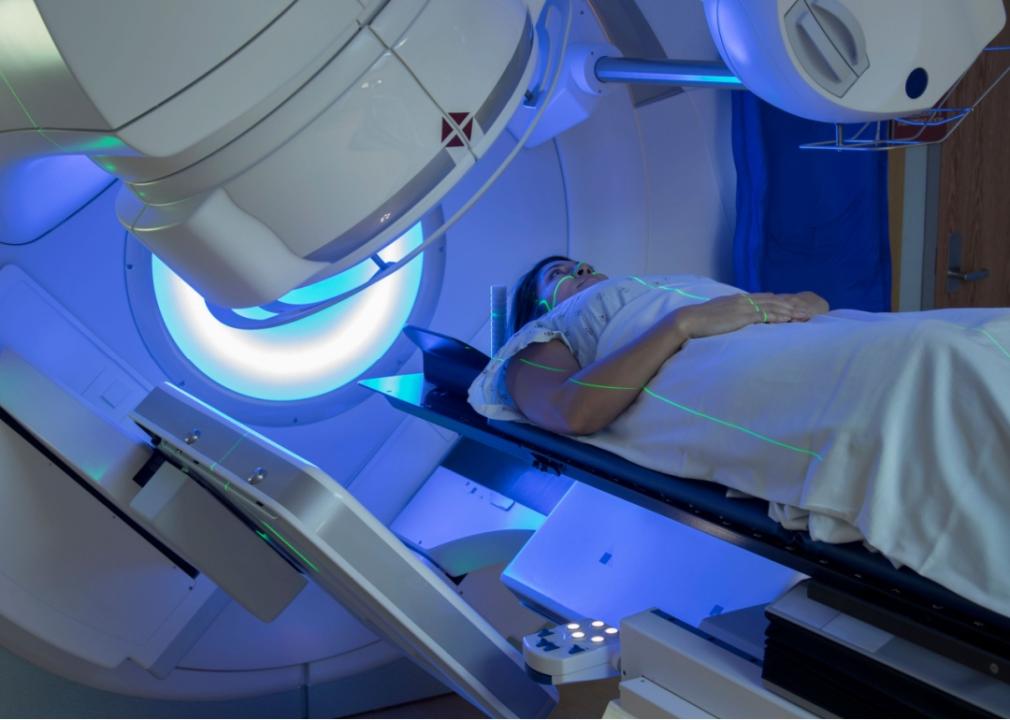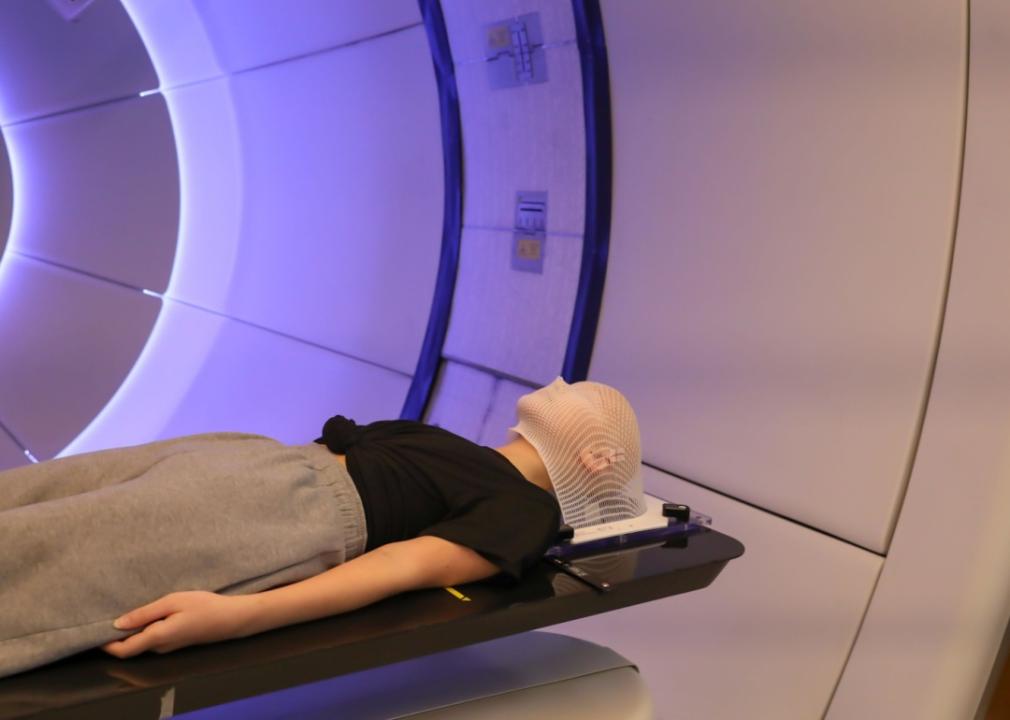Medical Technology Schools compiled some of the most promising oncology advancements of the last year from academic studies and leading researchers.

Leaps forward in tech and science this past year promise greater accessibility and quality of care for Americans suffering from nearly all forms of cancer.
Medical Technology Schools analyzed academic studies and resources from leading cancer research institutions, including the Mayo Clinic and the Cancer Research Institute, to round up the latest advancements in oncology—the science of diagnosing, preventing, and treating various forms of cancer.
Evidence of cancer dates back to at least 1600 B.C. when medical records in Egyptian hieroglyphics described surgical procedures and an understanding of benign and malignant tumors. The modern science of oncology, which we now appreciate for its ability to greatly extend life expectancies for those living with cancer, began in earnest a little more than 100 years ago.
Around the turn of the 20th century, Marie Curie's work in chemistry and radiology, or the science of X-rays and radiation, was fundamental to the evolution of cancer research. In the post-World War II years, advancements in computer technology allowed truly modern techniques for diagnosis and treatment to flourish, including robot-assisted, noninvasive surgery and targeted therapies that don't harm healthy parts of the body.
An estimated 650,000 people receive chemotherapy or radiation therapy every year. New developments are underway by medical technology firms and researchers that have the potential to improve the effects of radiation therapy or bypass its need altogether for the millions of people diagnosed with cancer every year.
Artificial intelligence applications in cancer detection and treatment

Aspects of computer science algorithms have been put to work detecting cancer and pinpointing more effective forms of treatment for about the last 20 years, though research in the area is becoming more popular surrounding the launch of powerful and accessible generative AI tools in late 2022. Mentions of AI in cancer research have appeared in more than 1,000 research journal publications each year since 2022.
One of the more recent research findings is the potential for AI to do a better job than humans in spotting hard-to-identify signs of emerging colon and rectal cancer, the second most common cause of death from cancer and the number one cause for men under 50. The study adds to a growing body of research suggesting AI algorithms can improve early detection, one of the best-known ways to beat colorectal cancer.
Genome sequencing opens up the potential for more targeted treatments

Genome sequencing, or the mapping of the genetic tissues within the human body, has evolved since the 1980s as a tool for personalizing health care treatments rather than applying potentially less-effective blanket treatments.
Cancers involve mutations of the cell that can vary greatly from case to case. In January, researchers published the largest whole-genome sequencing study of its kind. The study included data on nearly 14,000 tumors, which the authors believe will impact how doctors decide on treatments and therapies for cancer patients.
The promise of pre-chemotherapy surgery

Pancreatic cancer is among the most aggressive forms of cancer with one of the lowest survival rates. Even when caught early, the average patient survives just three and a half years, according to Johns Hopkins.
A minimally invasive surgery performed before recently diagnosed pancreatic cancer patients begin chemotherapy has shown signs of helping doctors better treat it before it spreads, according to a study published last July in the Journal of the American College of Surgeons.
Reducing the need for mastectomy procedures

Another study published in the Journal of Clinical Oncology could provide hope for those diagnosed with breast cancer who have multiple tumors in one or more of their breasts.
Typically, doctors might advise a person with multiple breast tumors to pursue a mastectomy whereby the breast tissue is removed through surgery. The study demonstrated that tumor removal combined with radiation treatment can be effective at removing the cancer and preventing any recurrence while avoiding a full mastectomy.
"Some patients may still prefer or require a mastectomy, and that is a perfectly fine approach," Mayo Clinic surgeon and lead author of the study Dr. Judy Boughey said in a statement last year. "But being able to provide more patients diagnosed with breast cancer with a choice is a great step forward."
Less invasive treatments for head, neck cancers

Advancements in proton beam therapy promise to provide a more targeted approach to treatment for people suffering from head and neck cancers located near vital body parts, like the brain and spinal cord.
While not typically a painful procedure, few centers offer proton therapy treatment, according to Johns Hopkins. This past year, regulators approved the use of a new proton therapy medical device made by Israeli firm P-Cure, which produces a system that is compact enough to fit into existing radiation therapy rooms.
Precise biology-guided radiation for bone and lung cancer therapy

Lung cancer causes 1 in 5 deaths among all forms of cancer and is the leading cause of all cancer deaths. This past year, top cancer centers including the University of Texas Southwestern Medical Center rolled out new biology-guided radiation technology to help target multiple cancerous areas within the affected body parts while not damaging healthy surrounding tissue. Using radioactivity, the treatment causes cancer cells to produce a signal that it can target with beams of radiation.
Story editing by Alizah Salario. Additional editing by Kelly Glass. Copy editing by Tim Bruns. Photo selection by Ania Antecka.
This story originally appeared on Medical Technology Schools and was produced and distributed in partnership with Stacker Studio.






